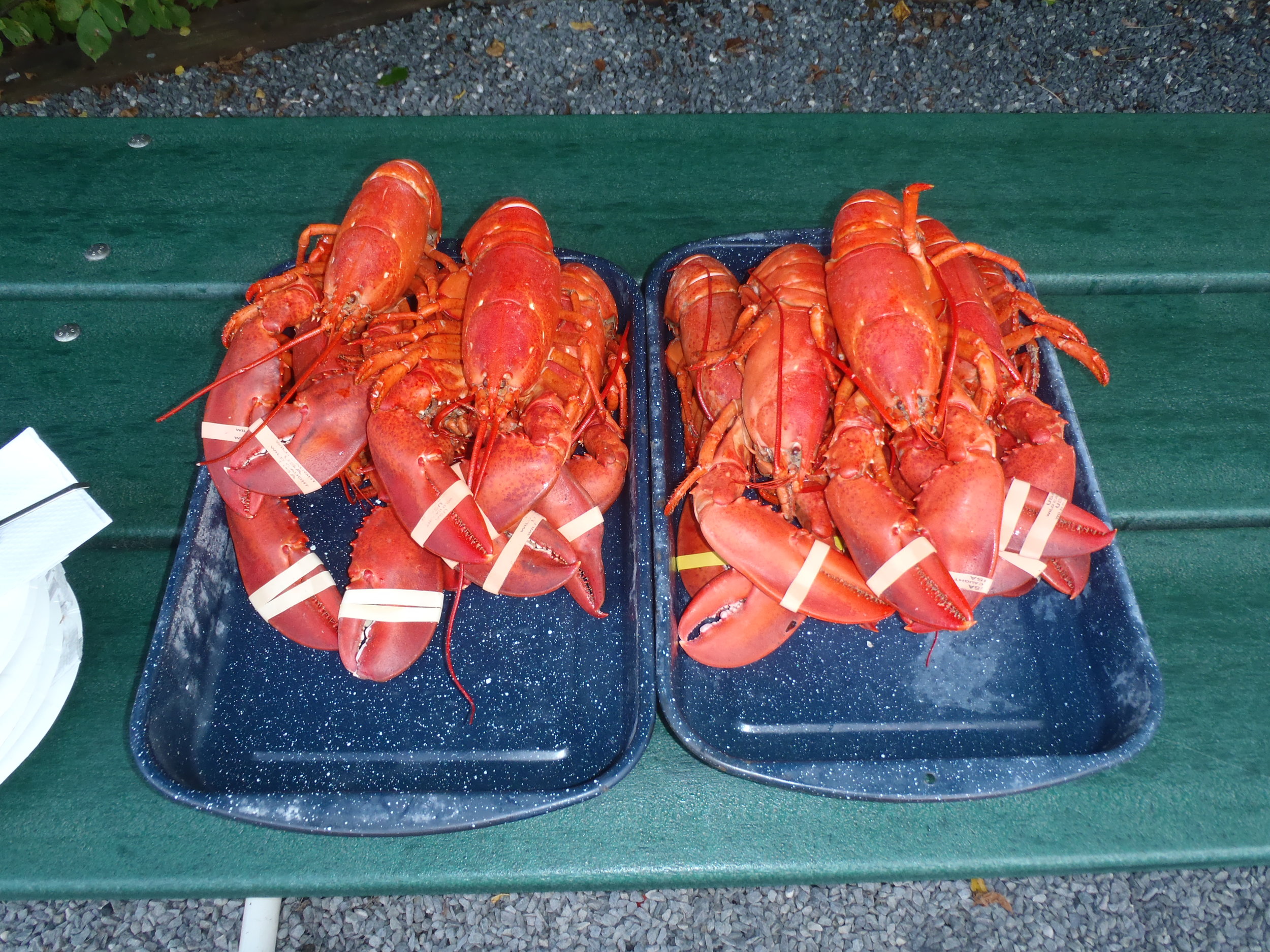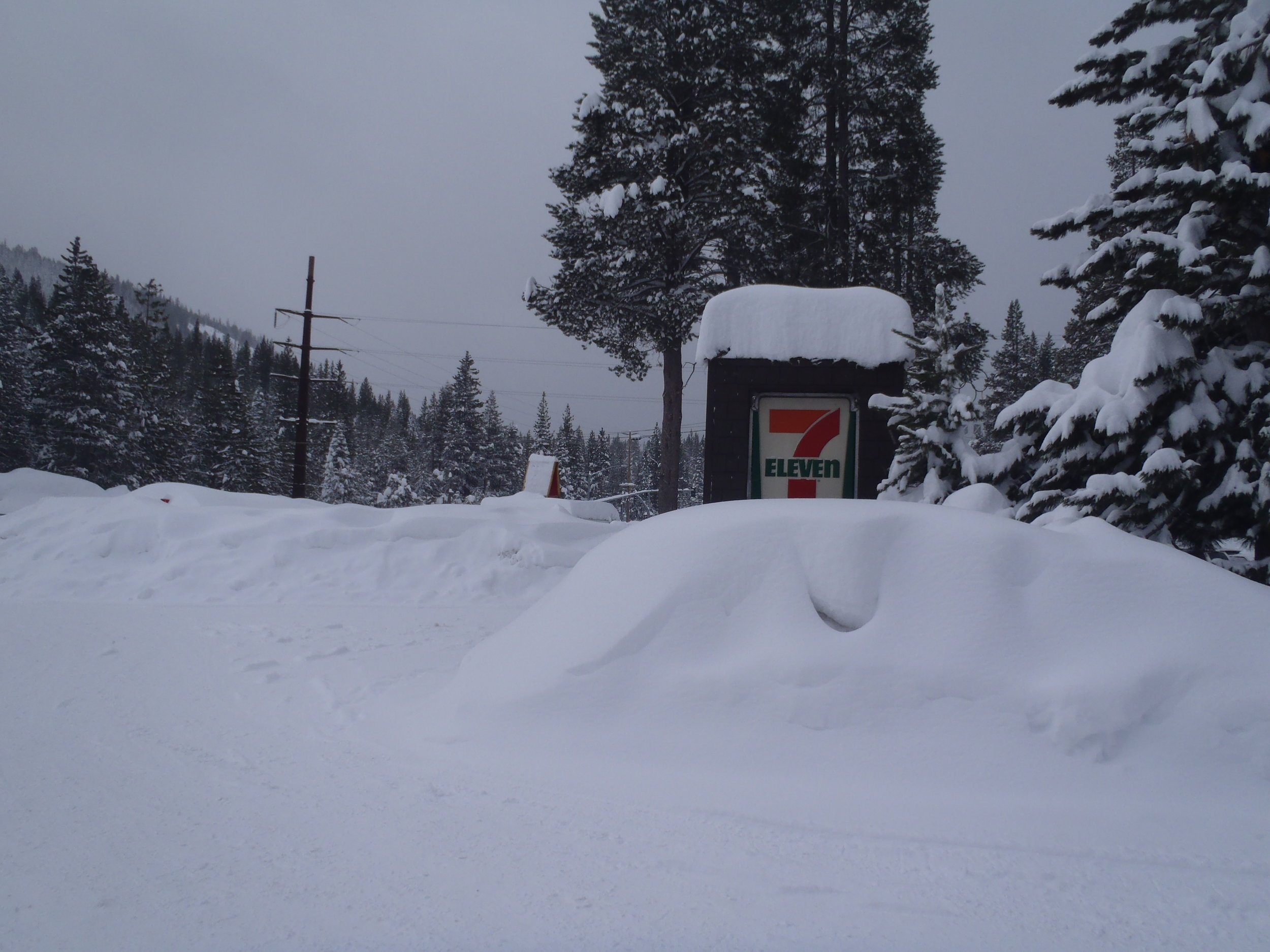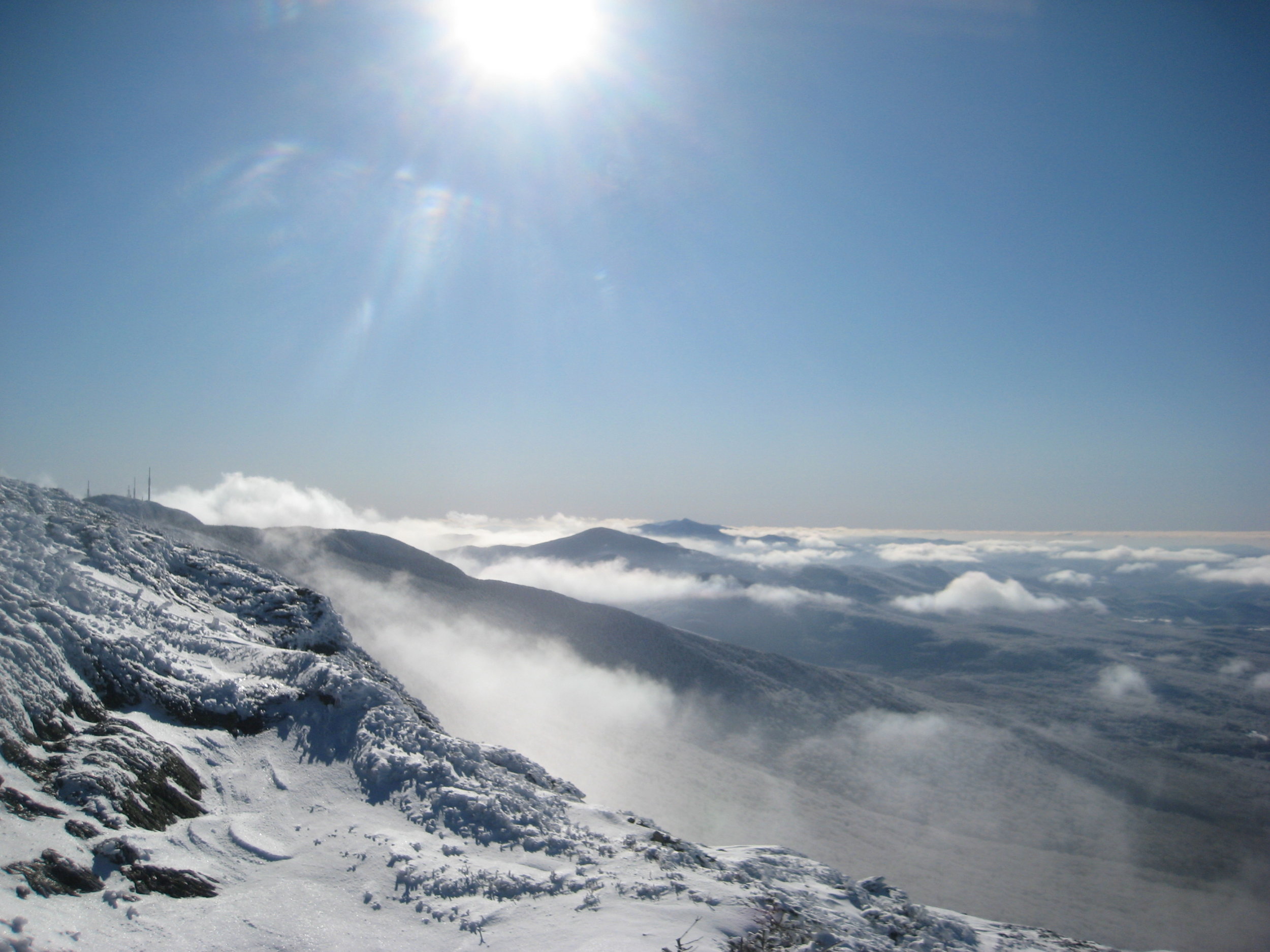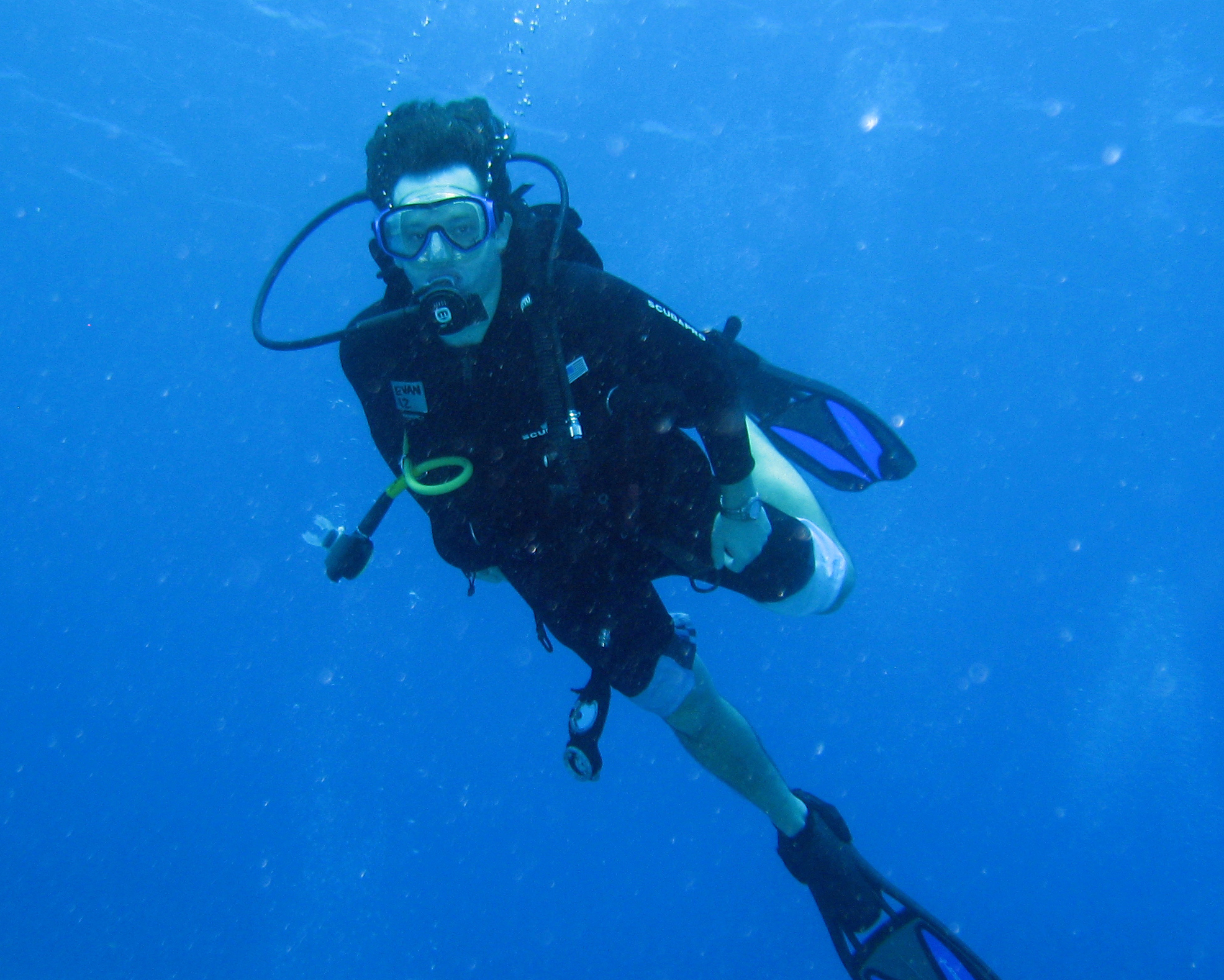 Acadia National Park is the only United States national park in New England and a go-to destination for everyone from young thrill-seekers to families looking to go camping to older couples hoping to chow down on some lobster and enjoy the sights. I have been leading adventure tours through this amazing park, located near Bar Harbor, ME, since 2008 and have been visiting Acadia since the early 90's with my family. Although tiny in size when compared to the behemoth parks out west, this protected enclave on the Maine coast is one of the coolest places on the planet to explore. Below are five of my picks for activities to enjoy on a trip to Acadia.
Top 5:
Acadia National Park is the only United States national park in New England and a go-to destination for everyone from young thrill-seekers to families looking to go camping to older couples hoping to chow down on some lobster and enjoy the sights. I have been leading adventure tours through this amazing park, located near Bar Harbor, ME, since 2008 and have been visiting Acadia since the early 90's with my family. Although tiny in size when compared to the behemoth parks out west, this protected enclave on the Maine coast is one of the coolest places on the planet to explore. Below are five of my picks for activities to enjoy on a trip to Acadia.
Top 5:
- The Beehive - Harrowing yet manageable cliffs, limitless views of the Atlantic coast, getting up close and personal with some native creatures, and juicy wild blueberries are some of the highlights of this classic New England hike. The parking lot is overflowing by about 9AM in the peak season so I always get an early start and beat the midday crowds. While not recommended for those of you who are afraid of heights, I have seen the Beehive (so named because the rocky peak resembles the cone shape of a beehive) convert even the staunchest city lover to a full blown granola eating tree-hugger.
- Ocean Kayaking -No trip to Acadia would be complete without checking out the rocky coast and surrounding islands and by far the best way to do that is to strap on a skirt - kayak skirt, to keep the 39 degree water out of your lap - and hop in a kayak. While you could rent a 'yak and bring out your inner Magellan, navigating the coast is best done by a local professional as they not only know the best spots to visit but know how to deal with inclement weather, distracted lobster boats, and vicious, killer seals. I recommend a full-day excursion so that there is time to get out on an island for lunch and get to see some of the coast.
- Thunder Hole and the Coastal Park Loop - A short walk from the base of the Beehive will get you to Thunder Hole, a naturally occurring phenomenon where waves crash into the cliffs and are directed up through a chimney in the rock to create a massive sound and huge spray. Keep exploring the coastal road for tremendous views, little hiking paths, and other fun stuff, like the millions of snails crawling along the endless coast. The best way to do this is on bike but if you are a bit tired from your other adventures a ride in a car with the windows rolled down is a close alternative.
- Pop over to the Jordan Pond House for Pop-overs - This upscale restaurant, nestled between some mountains and the aptly named Jordan Pond, serves seriously gourmet meals while still allowing patrons who have not showered or changed their grimy camping clothes in days to sit inside or out in the amazing and scenic back lawn. Every meal comes with a pop-over and fresh jam; there is really nothing better after days of campsite cooking. Before or after your meal it is mandatory (not really, but really on my trips) to walk the two mile or so loop of the Jordan Pond. It is relaxing, filled with wildlife, and a great way to burn off those pop-overs.
- Take a dip at Echo Lake - It is mid July, 90 degrees in the sun, you are sweaty and disgusting from camping, hiking, biking, and not showering. The ocean is too cold to jump in. Echo Lake is calling. While there are numerous bodies of fresh water that you could go to in Acadia, I have always been partial to the shores of Echo Lake. The water is clean and refreshingly cool, there is a sandy beach as well as some grass, and friendly people from all walks of life come here to lazily unwind.
Those are my top five, which may not necessarily be yours so do some exploring, leave the beaten path, discover new things, and have some fun in the outdoors this summer! Oh, and do not forget to enjoy a lobster or two, fresh from the Maine coast.














